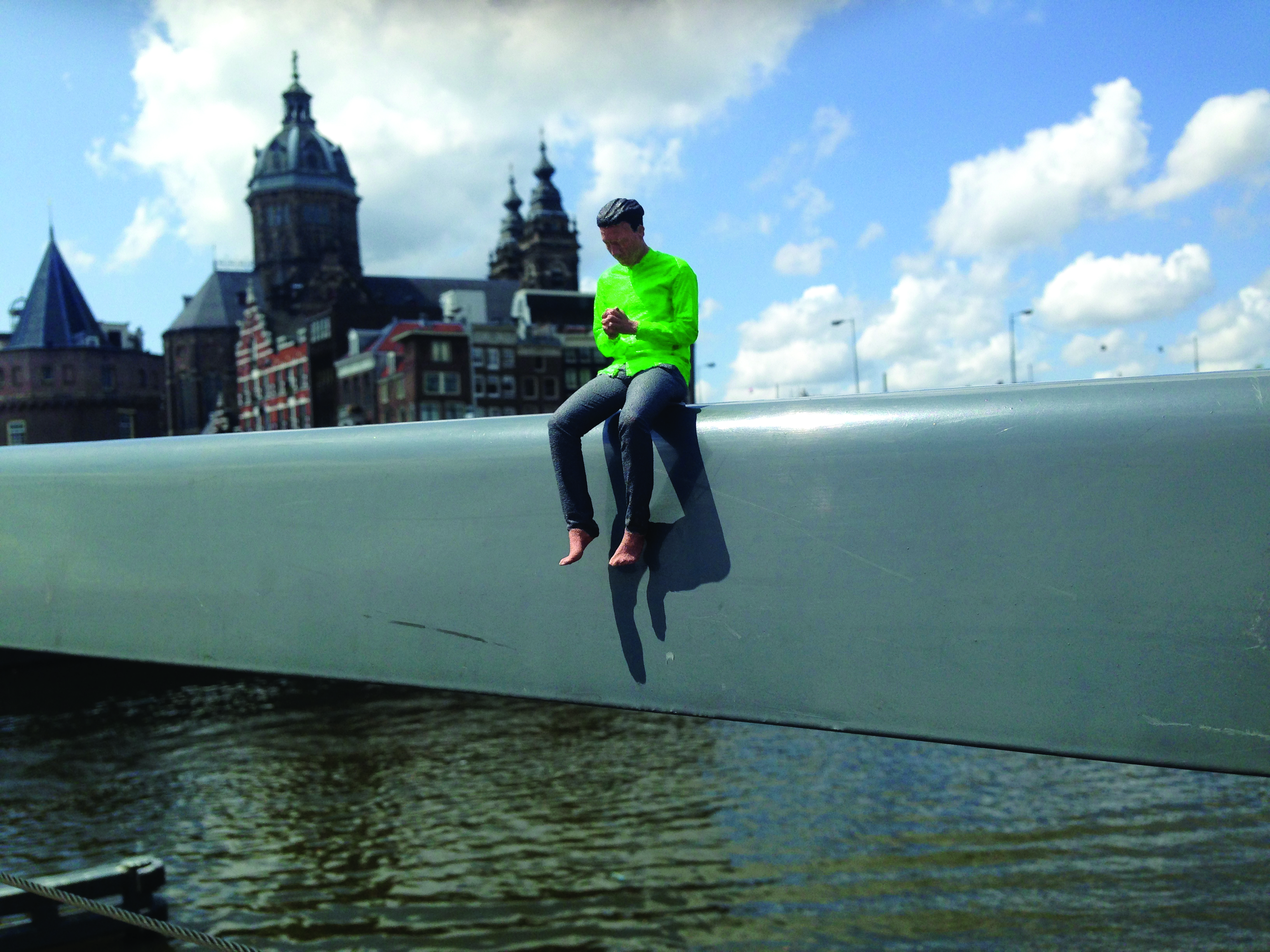
Courtesy of Chris DeBode
More than 500 miniature refugee figurines will be displayed across campus on Thursday as part of a public art installation to raise awareness about the European migrant crisis.
“Moving People,” a concept initially conceived by Amsterdam-based art collective Power of Art House, is coming to Yale to provide a cultural element to the second annual European Student Conference. The conference, which will take place Feb. 5–6, is organized by Yale-based international student think tank European Horizons.
The ESC will bring together 100 students from across the United States and Europe to discuss solutions to major issues — such as the migrant crisis — facing the European Union. The students and artists behind the “Moving People” installation voiced optimism about the reality check the art will give the crisis.
“We want to give these refugees a human face by telling their stories, making connections and showing people a different way of looking at refugees,” Saskia Stolz, founder of Power of Art House, said.
The figurines — which will be placed in campus common spaces such as residential college courtyards, dining halls and libraries — come in 10 different shapes and are modeled in the image of the 10 refugees who shared their stories with Power of Art House. Each figurine has a sticker on it advertising the website “movingpeople.nu,” where people can read the stories of the people behind the art.
The “Moving People” project first began in Amsterdam and The Hague this past September. From there, the project travelled across the world as people took the figurines with them to diverse places including Spain, Italy, Romania, Serbia, China and the U.S.
The collective often incorporates their art into public spaces as a method of promoting dialogue.
“With our artistic expressions, we aim to stimulate dialogue on sociopolitical issues, thus promoting involvement. We raise questions,” Stolz said.
Students who encounter parts of the “Moving People” installation tomorrow should engage with the art, Stolz added. People are encouraged to take pictures of or with the figurines to post on social media with the hashtag: “#MovingPeople.” Students are also permitted to take one of the miniatures and place it somewhere else in order to contribute physically to the project.
The art is meant to be dynamic, Olga Karnas, executive director of European Horizons, said.
“The most forceful feature of this artwork is that it’s relatable,” Karnas said. “It’s not lofty artwork that you can’t touch or can’t take home. It does draw you into a conversation about the crisis on a certain level.”
“Moving People” will occur in conjunction with the ESC, where participants will take part in workshops exploring topics such as European identity and transatlantic relations.
A key issue up for discussion is the escalating European migration crisis. One of the six workshops at the conference focuses entirely on “Immigration and Integration” and will explore the formulation of a European integrated immigration-and-asylum policy.
“Moving People,” however, is a way of using art to help the conference transcend this academic discussion and interact with the human reality of the crisis, Karnas noted.
“Sometimes culture and art are a way to talk about politics that normative discussions don’t quite match,” Maximilian Krahé, director of networking at European Horizons, said.
According to Stolz, a new set of “Moving People” figurines sharing more refugee stories will be ready by April.







